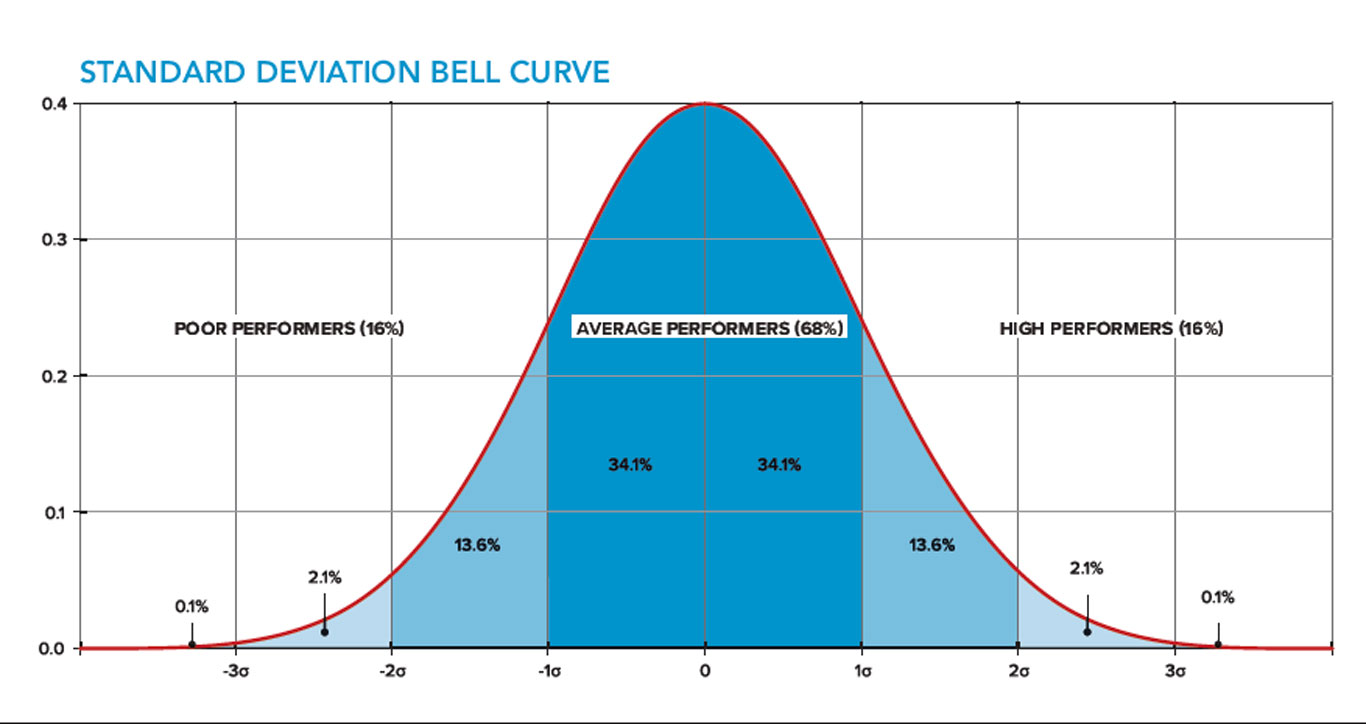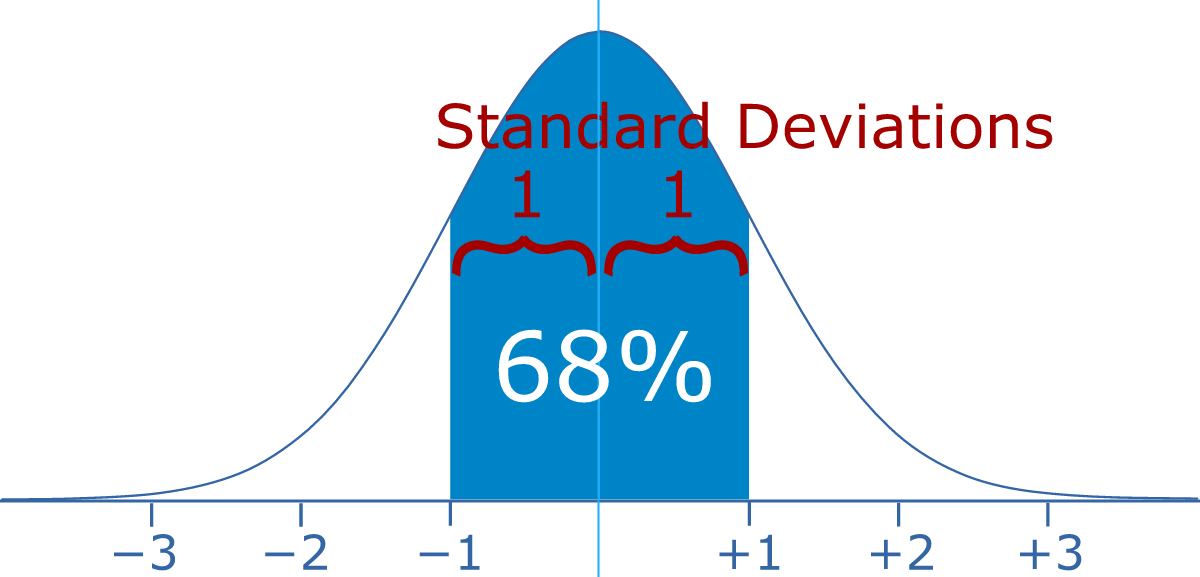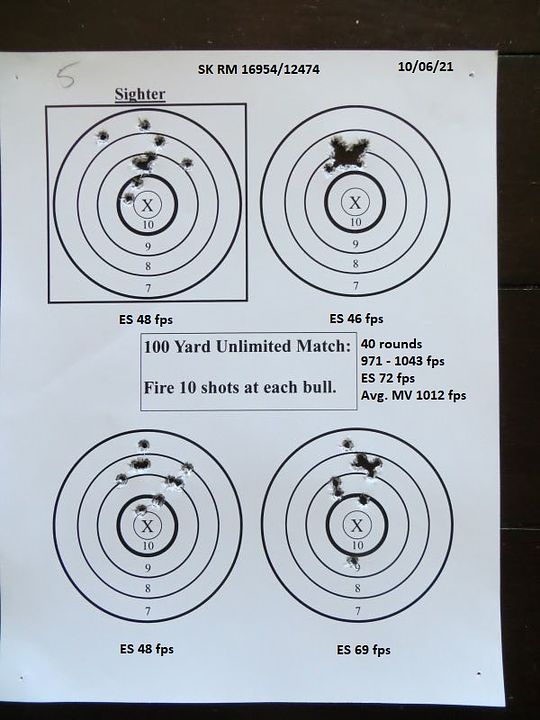Does muzzle velocity affect trajectories? Yes.
Differences in time of flight changes the amount of time gravity pulls down on the projectile.
Those time differences affect the vertical location of the point of impact.
Is muzzle velocity the only factor that affects vertical spread? No.
Wind, barrel harmonics, bullet symmetry/balance and heel damage
can cause vertical spread also, either added to or subtracting from that caused by gravity.
Muzzle velocity differences always cause vertical spread, but can be hidden by the other factors.
The basics of standard deviation calculation....
Deviation just means how far from the normal. The Standard Deviation is a measure of how spreadout numbers are.
www.mathsisfun.com
From a box of 50, the number of cartridges that fall within the SD is 34.
That tells you that 16 cartridges will fall outside the SD from that box.
Is that something that will affect your decision when buying ammo for an ARA or USBR target?




_600_cropped_title_ES_mvpoi_0.jpg?width=590&height=370&fit=bounds)

_600_title_ES_1.1.2.3.4.jpg?width=960&height=720&fit=bounds)





